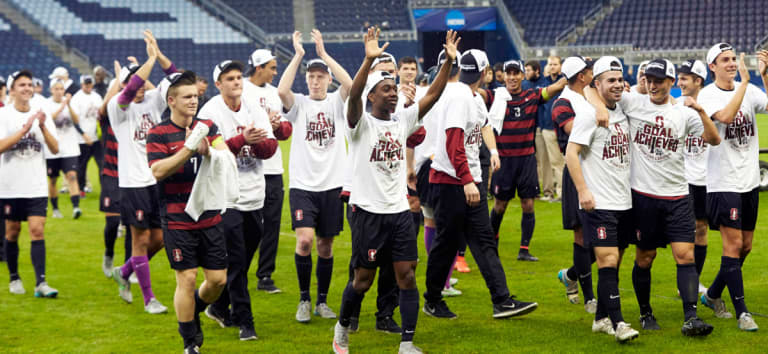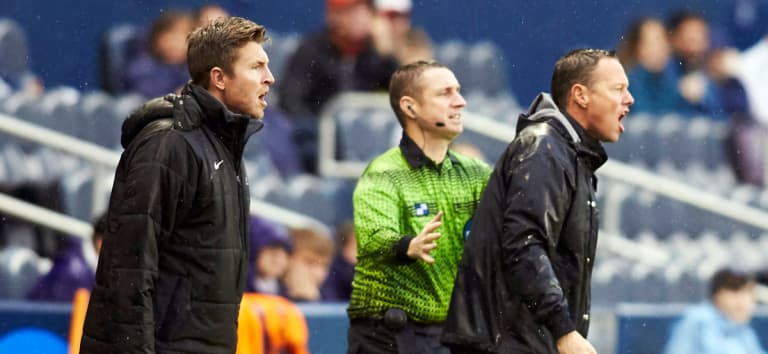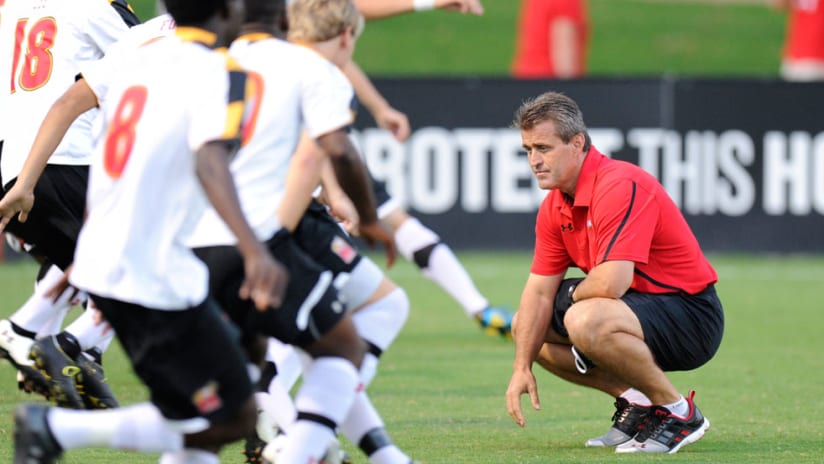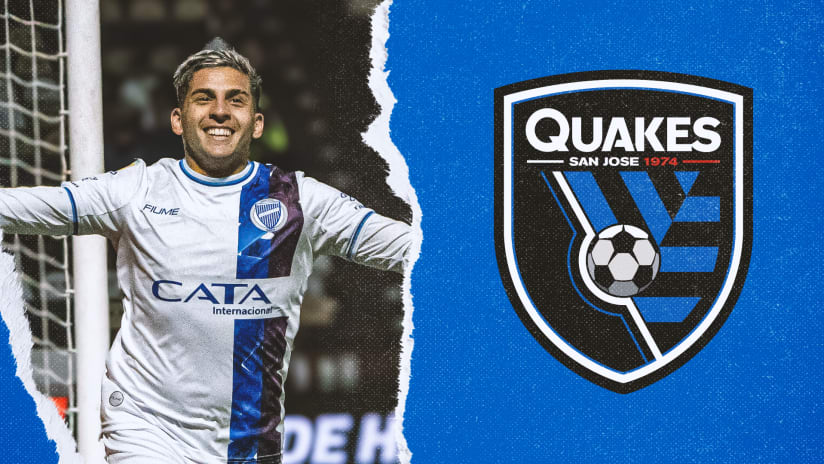Even with the growth of MLS academies and pricey overseas acquisitions, college soccer remains central to the North American game.
Of the nine domestic players to start the 2015 AT&T MLS All-Star Game against Tottenham, eight passed through the NCAA, as did 11 of the 23 members of the US national team 2014 World Cup squad.
But NCAA men's soccer's showpiece event, the College Cup final, all too often presents a dour, dead-legged version of NCAA soccer: a game usually played in inclement – at times brutal – winter weather, by players still recovering from semifinals played less than 48 hours earlier. Goals tend to be hard to come by, and sometimes spectators are too.
“Most people see the national final, and they think that's what college soccer is all about and really make a poor assumption,” said University of Maryland head coach Sasho Cirovski, to MLSsoccer.com. “We've been putting our championships in the middle of December on frozen tundra.”

Stanford celebrate winning their first-ever national title in December at Sporting Park. Photo via USA Today Sports Images
The shortcomings of that showcase match have come to embody the college game's flaws, which also include a frenetic, three-month fall season and Byzantine regulations restricting even the composition of offseason practice sessions (for example, technical and tactical work can only take up a fraction of the time allotted for fitness and weightlifting).
A quiet, but committed, reform movement is seeking to enact dramatic changes to the sport – and perhaps turn it from the most frustrating element of the developmental landscape into a crown jewel, an optimal incubator for MLS and beyond.
“College soccer is part of the American way of life,” Cirovski said. “And we have to find a way to get college soccer into the 21st century, with the idea of proper rest and recovery, and the wellness of the student athlete from a physical and even academic standpoint.
“If we can get this done, it'll be the greatest thing that ever happened for college soccer and all the young players who value education and want to continue playing the game they love the proper way.”
A coaching icon with two national championships and eight College Cup appearances on his 23-year-long Terrapins resume, Cirovski is the leader of this ambitious attempt to transform the NCAA game into a year-long activity on a Fall-Spring calendar, ratchet back outdated NCAA limitations and bring training and competition norms into line with world standards.
His group earned an early victory when the NCAA used soccer as the subject of its first sports science summit last February, paving the way for several clinical studies last fall on the wear and tear inflicted by the current college calendar. But organizational restructuring within the governing body forced a delay in their plans to advance formal legislation.
“Just like in coaching a team, you have to find a balance between urgency and patience,” Cirovski said.
Now, after many months of planning, lobbying and research, Cirovski and a long list of other top college coaches – he says 85 percent or more of his colleagues support the reforms – will present their formal proposals to NCAA's newly-created Division I Competition Oversight Committee, chaired by University of Kentucky athletic director Mitch Barnhart, sometime this spring.

Clemson head coach Mike Noonan (left) and his Stanford counterpart Jeremy Gunn (right) shout instructions during the national championship game. Photo via USA Today Sports Images
Beyond the longer, less exhausting schedule, the coaches seek to move the College Cup to a late-spring championship that won't get lost in the American sports shuffle. With a powerful ally in the form of former Houston Dynamo president Oliver Luck – now the NCAA's executive vice president for regulatory affairs – and the overwhelming support of college coaches, this movement is eager to carry ideas into the lengthy, laborious process of approval and implementation. If all goes well, a revolution could be afoot.
“If we get the academic-year calendar model, we could arguably become one of the best developmental leagues in the world,” Cirovski said. “We're already seeing more international players coming in through colleges now than ever before – and high-level internationals. You look at the [Super]Draft the last few years, and the Generation adidas kids, and a lot of international kids are seeking out the colleges, because No. 1, they value education, and they value high-quality soccer, and they also see it as an entryway into Major League Soccer. We've become a great distribution network for [MLS] and a great recruiting arm.”
Cirovski & Co. have already enlisted the support of MLS and US Soccer, and he urges fans of all sorts to get educated – and get involved.
“There's a process here with big institutions like the NCAA, because it involves 200-plus schools. That takes time,” he said. “We'd be happy to get help from any people in soccer in this country that want to have their voices heard, whether it's the youth community or the professional community or the national-team community. This benefits everybody … It's something that needs to happen, and I think philosophically, everyone understands it should happen.”











